

Památník Žižka(1951)
Movie: Památník Žižka

Památník Žižka
HomePage
Overview
Release Date
1951-01-01
Average
0
Rating:
0.0 startsTagline
Genres
Languages:
ČeskýKeywords
Similar Movies
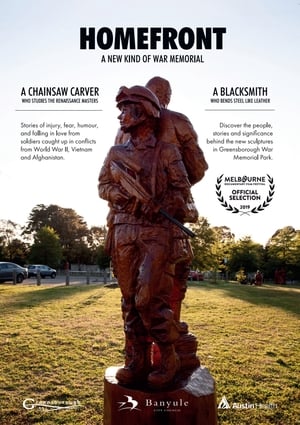 0.0
0.0Homefront(en)
Stories of injury, fear, humour and falling in love from soldiers caught up in conflicts from World War II, Vietnam and Afghanistan. Discover the people behind the new sculptures in Greensborough War Memorial Park.
 0.0
0.0Peter Eisenman: Building Germany's Holocaust Memorial(en)
This documentary explores the creation of the Holocaust Memorial in Berlin as designed by architect Peter Eisenman. Reaction of the German public to the completed memorial is also shown.
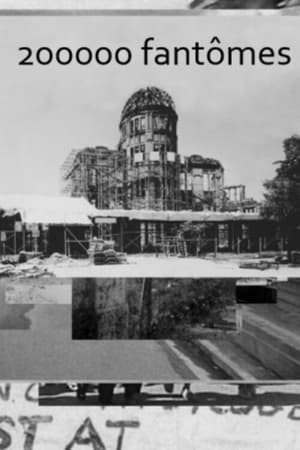 7.4
7.4200,000 Phantoms(fr)
In 1914, the Czech architect Jan Letzel designed in the Japanese city of Hiroshima Center for the World Expo, which has turned into ruins after the atomic bombing in August 1945. “Atomic Dome” – all that remains of the destroyed palace of the exhibition – has become part of the Hiroshima memorial. In 2007, French sculptor, painter and film director Jean-Gabriel Périot assembled this cinematic collage from hundreds of multi-format, color and black and white photographs of different years’ of “Genbaku Dome”.
 0.0
0.0Ulster Story(en)
Part of a travelogue series, this films visits to Derry, the Giant’s Causeway, Carrick-a-Rede, Mount Stewart and Belfast.
 9.0
9.0Auschwitz: The Hidden Traces(en)
Examines documents and traces of the atrocities that took place at the Auschwitz concentration camp. Years after the end of the war, expert analysis of the remnants of these documents has helped shed light on the stories of prisoners.
Unveiling the Calgary Soldiers' Memorial(en)
The unveiling and dedication ceremony of the Calgary Soldiers' Memorial.
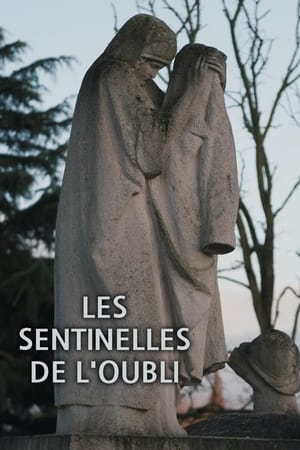 8.4
8.4Les Sentinelles de l'oubli(fr)
The war memorials of 1914-1918 have become so familiar that we no longer see them. They've become an invisible museum, blending into the landscape of France. Then, one fine day, a sculpture catches our eye. Another History appears, perhaps the most gigantic artistic project since the cathedrals...
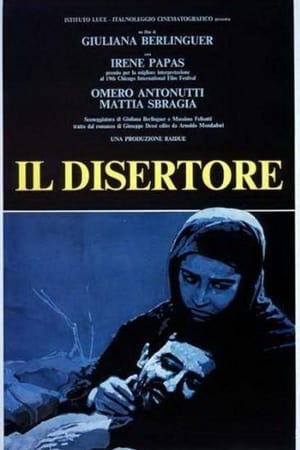 0.0
0.0The Deserter(it)
In this tragic story that has an unrealized potential to tug at the emotions, a woman in mourning for her two sons lost in World War I is the only one in her village determined to financially support a war memorial. The village poor have too little money, and the richer are tight-fisted. She has given a whole 15 years of savings -- yet the good priest, for whom she works as a maid, is not enthusiastic about her action because he is worried that the memorial will not remind the villagers of past horrors and suffering but disguise the human cost of war in rhetoric. As the memorial's advocates begin to sustain the day, flashbacks show how the woman's youngest son shot his captain, deserted the army, and came to die of fever while in his mother's care. The priest helped her as much as possible, yet he feels compelled to tell the authorities that her son was a deserter.
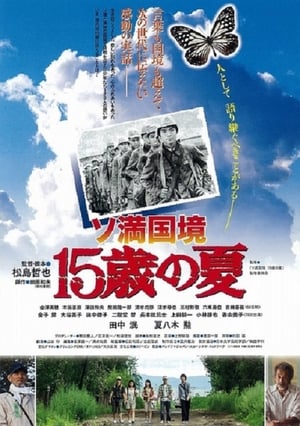 5.0
5.0Summer on the Frontline: A Boy's Story(ja)
Keisuke, 15-year-old junior-high school boy, has been forced to live as refugees with his family in temporary housing apart from a hometown as a result of the Great East Japan Earthquake.In 2012, he belongs to a broadcasting club of his junior-high, to which he has to be admitted for the earthquake. He spends time with some fellows of a club. But all equipment to make their works of it has been washed away by the tsunami. He decides to give up his filmmaking in this summer, which will be the last time of his junior-high days to make a work.But one day a man who lives in a small village in Heilongjiang, China donates the equipment for filmmaking to Keisuke's school. Also Keisuke, his fellows and his teacher have been invited by him to shoot a film in China. And they are travelling to shoot around the boundless Chinese land.
 0.0
0.01533 Km. to Home(es)
It's 1982, and Argentina and Great Britain are at war over a tiny patch of land known as the Falkland Islands. Told from the rarely explored Argentinean viewpoint, this is the story of the Falklands War through the eyes of eight former soldiers and sailors who fought to defend their country's claim to the inhospitable islands, facing off against a massive British force sent to retake them.
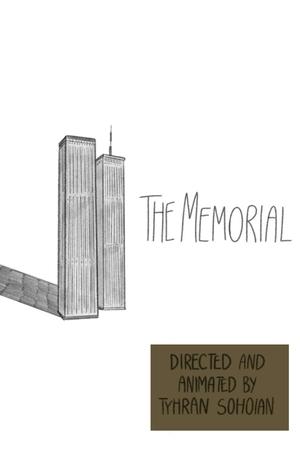 0.0
0.0The Memorial(en)
Images of the 911 attack on the Twin Towers act as a reminder for a character in recalling his lost relationship with a man he loved in this animated ode to building memorials - both physical and emotional - to those we have lost.
Locked Off(en)
Rave Culture is one of Britain’s great cultural exports, but after its first wave in the late eighties and early nineties, it was soon forced into the underground by stringent new laws and superclubs. But forward 25 years into in the midst of a nationwide purge on the nation’s nightlife, where nearly half of all British clubs have shut down in the last decade, and a new kind of scene has emerged. Clive Martin investigates this 21st century version of Rave, where young people break into disused spaces with the help of bolt-cutters and complicated squatting laws, to suck on balloons and go hard into the early morning. But with the police using increasingly extreme tactics to clamp down on these parties, and more than one fatality causing nationwide media panic, can the scene survive?
The Home Cinema of the Dardenne Brothers(fr)
A “Cinéma, de notre temps” series episode directed by french film filmmaker Jean-Pierre Limosin, originally aired sometime around 2006.
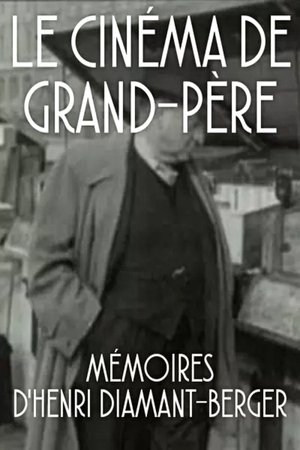 0.0
0.0Le Cinéma de grand-père(fr)
Remarkable life story of Henri Diamant-Berger, a director and screenwriter whose devotion to cinema led him to collaborate with some of the greatest actors and filmmakers of his time.
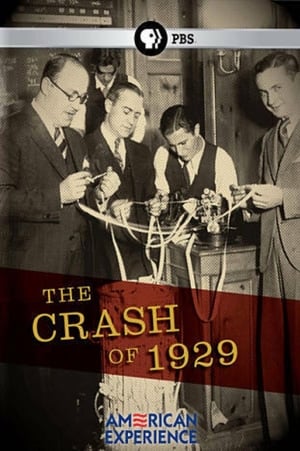 0.0
0.0The Crash of 1929(en)
Based on eight years of continued prosperity, presidents and economists alike confidently predicted that America would soon enter a time when there would be no more poverty, no more depressions -- a "New Era" when everyone could be rich. But when reality finally struck, the consequences of such unbound optimism shocked the world.
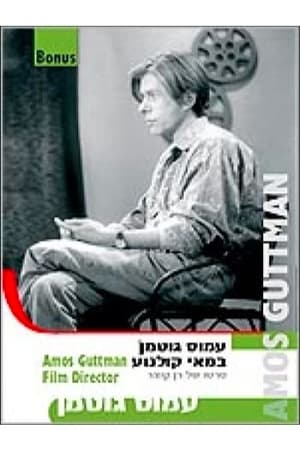 5.0
5.0Amos Guttman: Filmmaker(he)
From 1977 to his untimely death in 1993, Amos Guttman directed six films, all of them deeply personal reflections of his own life. Interviews with lovers, family and friends--including some of the most important people in Israeli cinema--tell the gripping story of a strikingly handsome, charismatic and deeply passionate gay man who has become a revered cult figure in Israeli cinema.Interviews with the late filmmaker and fascinating footage of him on the set convey the same passion that comes through in scenes from his films, lovingly selected by documentarian Ran Kotzer. Like Fellini, Guttman transformed his dreams and everyday conversations with friends and family into integral parts of his pictures. He is most remarkable for his striking and original use of the frame. Every shot is a treasure. Amos Guttman dared to portray subjects that were taboo in his society, and his search for the right of individual expression is the connecting link of his works.
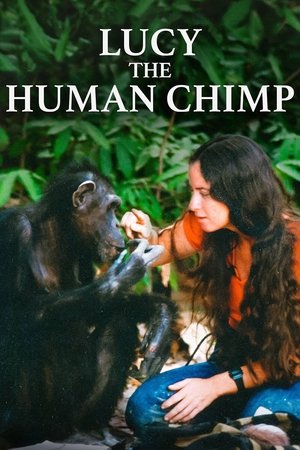 6.3
6.3Lucy the Human Chimp(en)
The profound story of Lucy Temerlin, a female chimpanzee raised as human from birth in a domestic environment, and Janis Carter, the woman who took on the seemingly impossible task of giving her a new life in the wild.
 6.0
6.0The Incredible Dr. Pol: A 200th Polapalooza(en)
The one and only Dr. Pol has hit an incredible milestone – 200 episodes! Stroll down memory lane as we look back on highlights from the last decade. Doc, Charles & Diane join in on the fun, watching & reacting to these unforgettable moments right alongside you. Plus, get a first look at never-before-seen footage from the series. It's two jam-packed hours of nonstop Pol-ness you don't want to miss!
